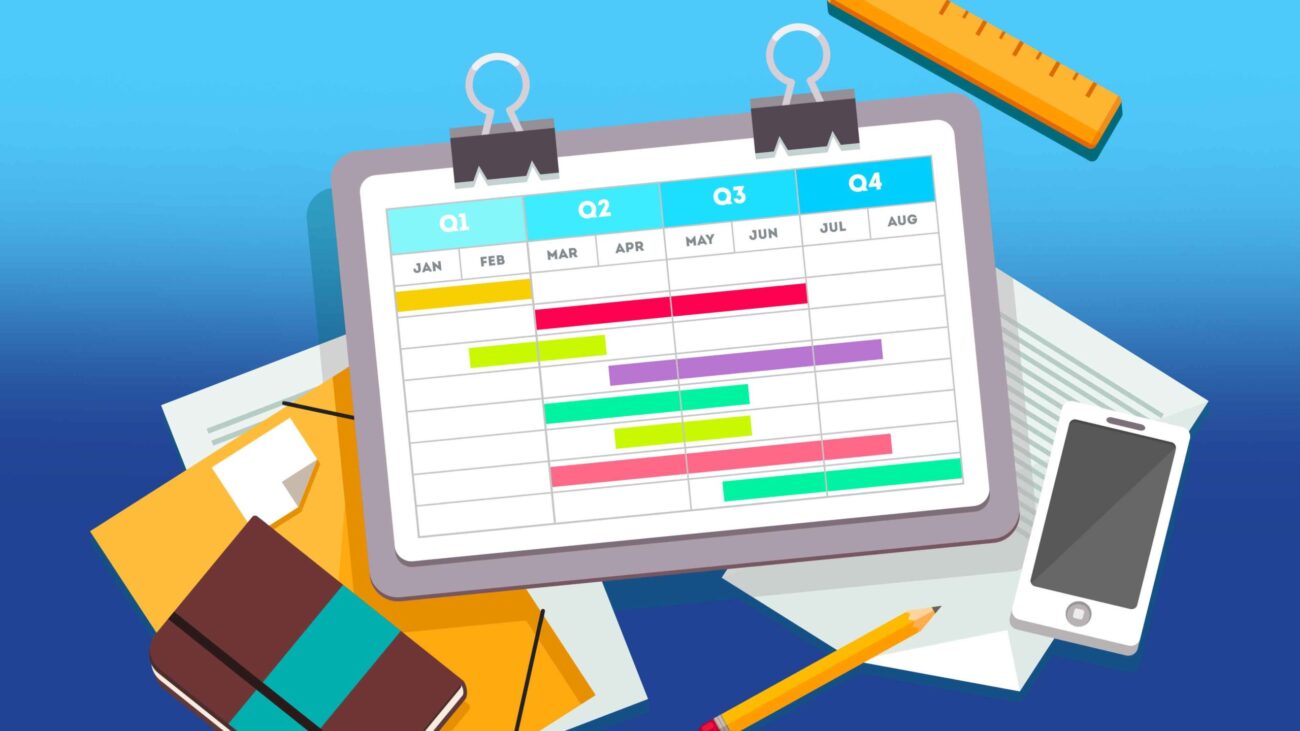| While Gantt charts have been a staple in project management for decades, there are situations where alternative tools and methodologies can provide a fresh perspective and improved efficiency. As project management evolves, professionals are increasingly exploring alternatives that better suit their specific needs. This article provides information on What are the Gantt Chart Alternatives and delves into some notable alternatives to Gantt charts, offering diverse approaches to project planning and execution.
Before we begin, you can unlock a free trial with iconicCRM right away to make the best of project management in one platform.
Kanban Boards:
Kanban, a visual project management method inspired by lean manufacturing principles, utilizes boards with columns representing different stages of tasks (e.g., “To Do,” “In Progress,” “Done”). Teams move tasks through these stages, providing a clear visual representation of workflow. Tools like Trello and Jira Software are popular for implementing Kanban boards.
Pros:
- Simplifies task tracking.
- Encourages a steady workflow.
- Easily adaptable to changing priorities.
Cons:
-
- Limited in depicting task dependencies and timelines.
- May lack the detailed scheduling of Gantt charts.
Critical Path Method (CPM):
CPM is a network-based project management technique that identifies the critical path — the sequence of tasks that determines the project’s overall duration. Unlike Gantt charts, CPM focuses on task dependencies and calculates the earliest and latest possible start and finish times for each task.
Pros:
- Emphasizes task dependencies.
- Identifies the most crucial tasks for project completion.
- Useful for time-sensitive projects.
Cons:
-
- Less visually intuitive than Gantt charts.
- Limited in displaying parallel task execution.
Scrum Framework:
Scrum is an agile project management framework that divides work into time-boxed iterations called sprints. It emphasizes collaboration, adaptability, and continuous improvement. Scrum boards, often implemented using tools like Jira or Asana, visualize tasks on a sprint-by-sprint basis.
Pros:
- Promotes iterative development.
- Enhances collaboration and communication.
- Agile and adaptable to changing requirements.
Cons:
-
- Less suitable for projects with fixed deadlines.
- May require a cultural shift in the organization.

Mind Mapping:
Mind mapping tools like MindMeister or XMind enable project managers to create visual representations of project tasks and their relationships. These tools are particularly effective for brainstorming, organizing ideas, and identifying dependencies.
Pros:
- Facilitates brainstorming and idea generation.
- Offers a flexible and creative approach to project planning.
- Suitable for smaller projects with fewer dependencies.
Cons:
-
- May lack the detailed timeline view of Gantt charts.
- Limited scalability for larger projects.
PERT Charts:
Program Evaluation and Review Technique (PERT) charts are similar to CPM but incorporate a probabilistic approach to task duration estimation. PERT charts visually represent tasks and their potential completion times, helping project managers account for uncertainty.
Pros:
- Addresses uncertainty in task durations.
- Highlights critical tasks.
- Useful for complex projects with variable timelines.
Cons:
-
- Complexity may be overwhelming for simple projects.
- Requires careful estimation of task duration probabilities.
Conclusion:
Project managers have a wealth of alternatives to Gantt charts, each offering unique advantages depending on the project’s nature, team dynamics, and organizational preferences. Whether opting for a more agile approach with Scrum or focusing on task dependencies with CPM, selecting the right tool requires careful consideration of the project’s specific requirements. The key is to find a balance between structure and flexibility, ensuring that the chosen method aligns with the project’s goals and team capabilities. As the project management landscape continues to evolve, exploring these alternatives can open new avenues for effective and efficient project execution.
Is this article What are the Gantt Chart Alternatives helpful? |












